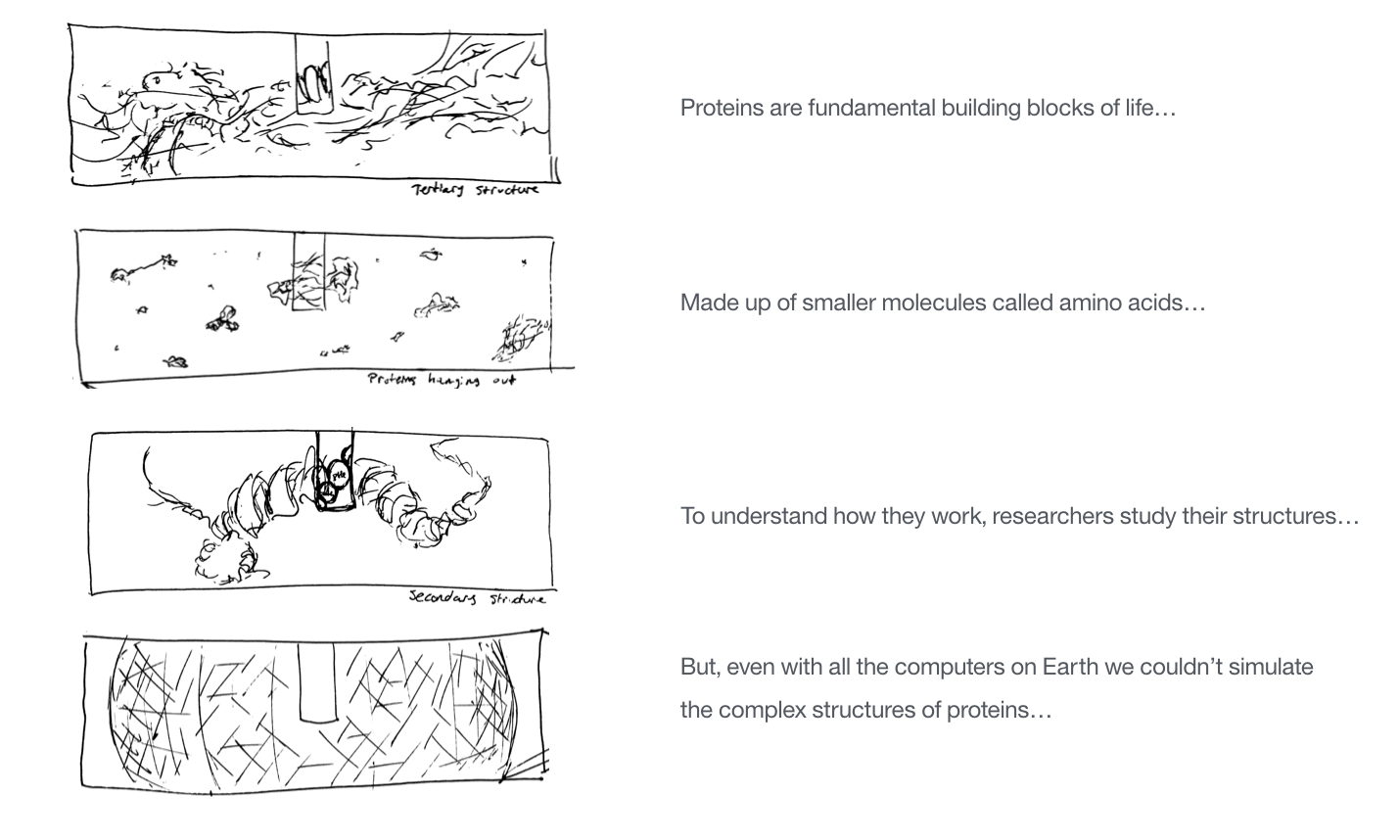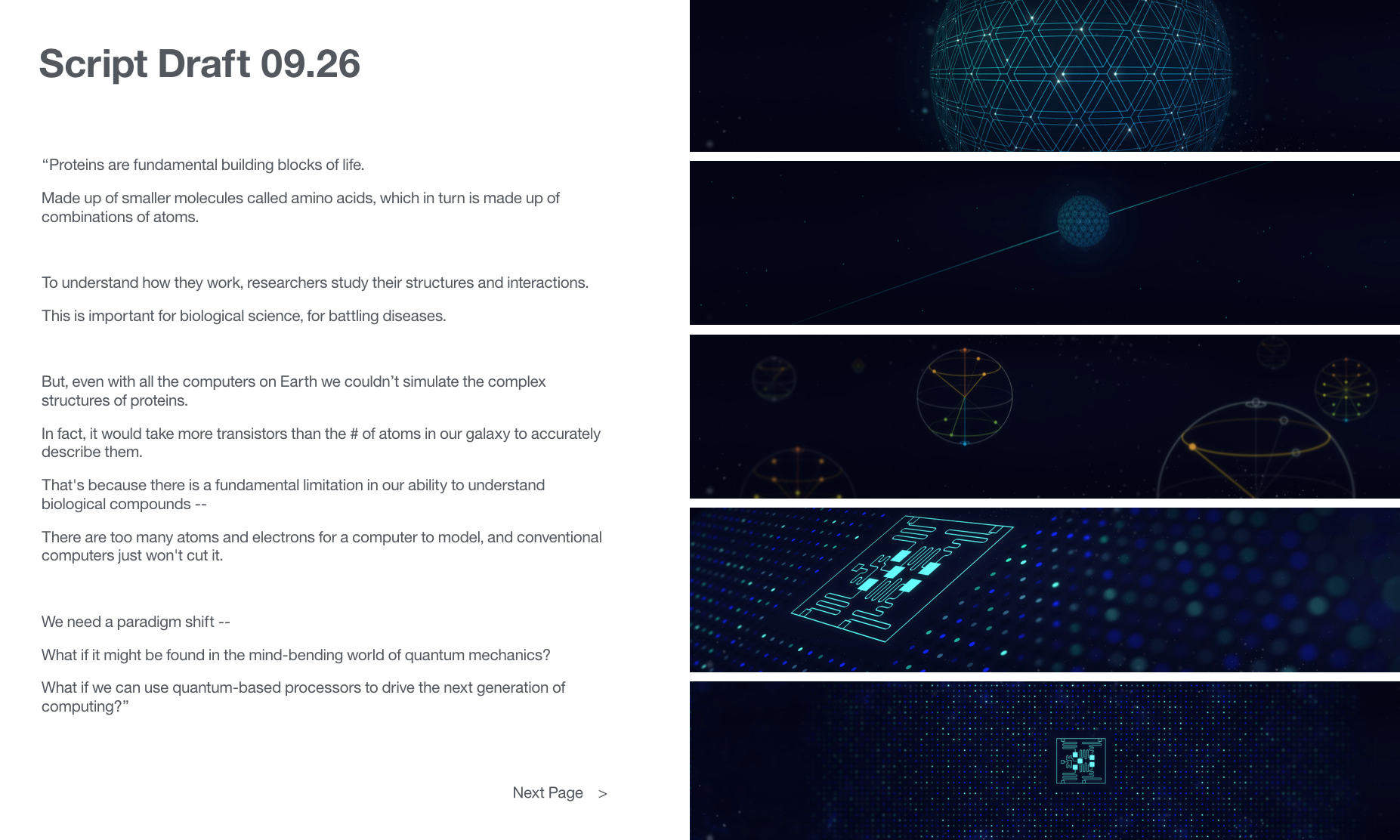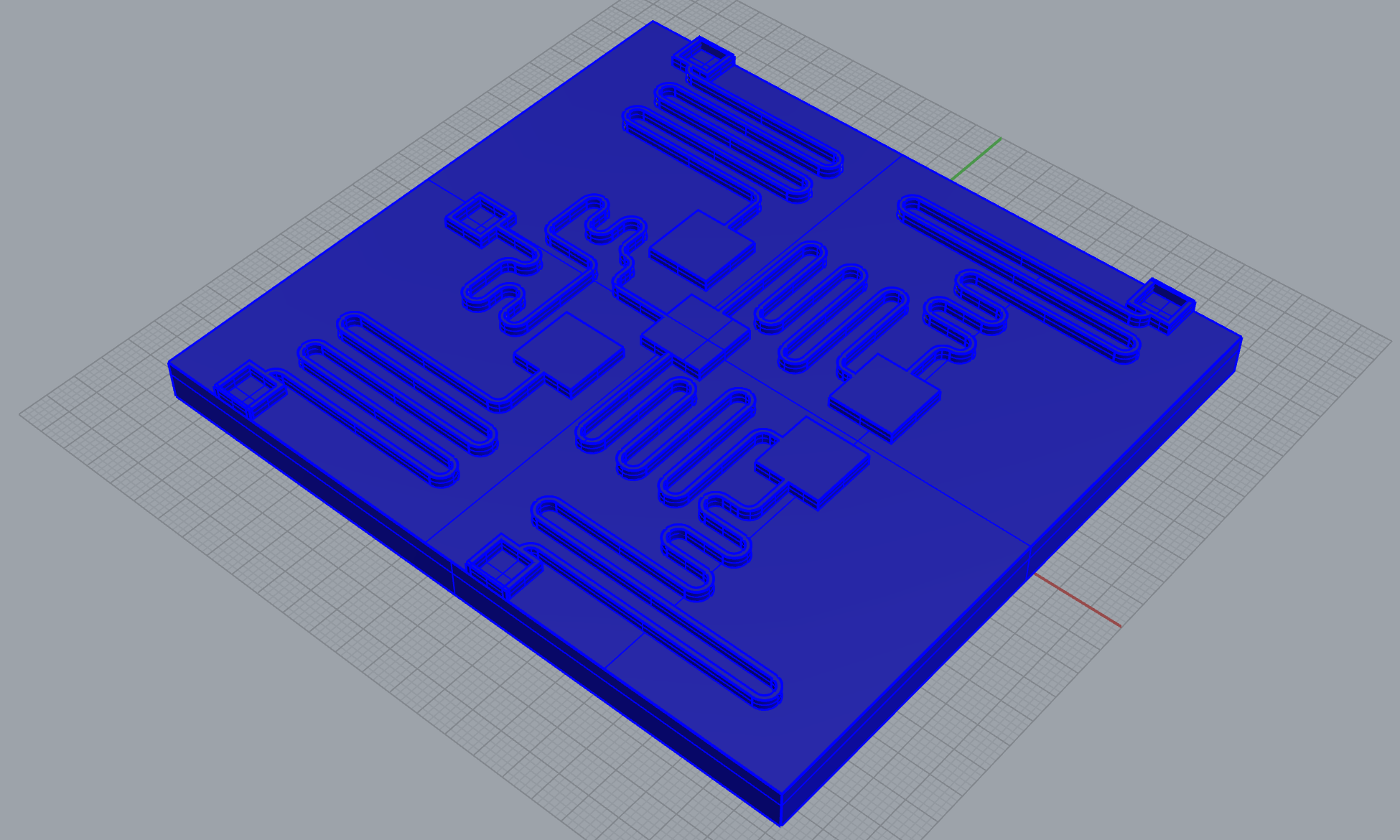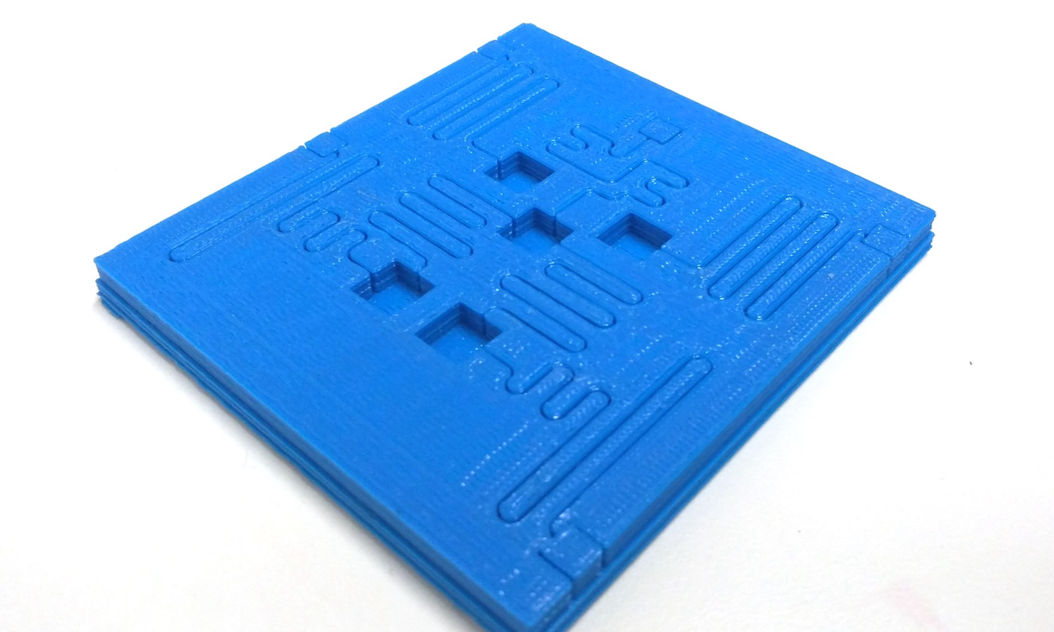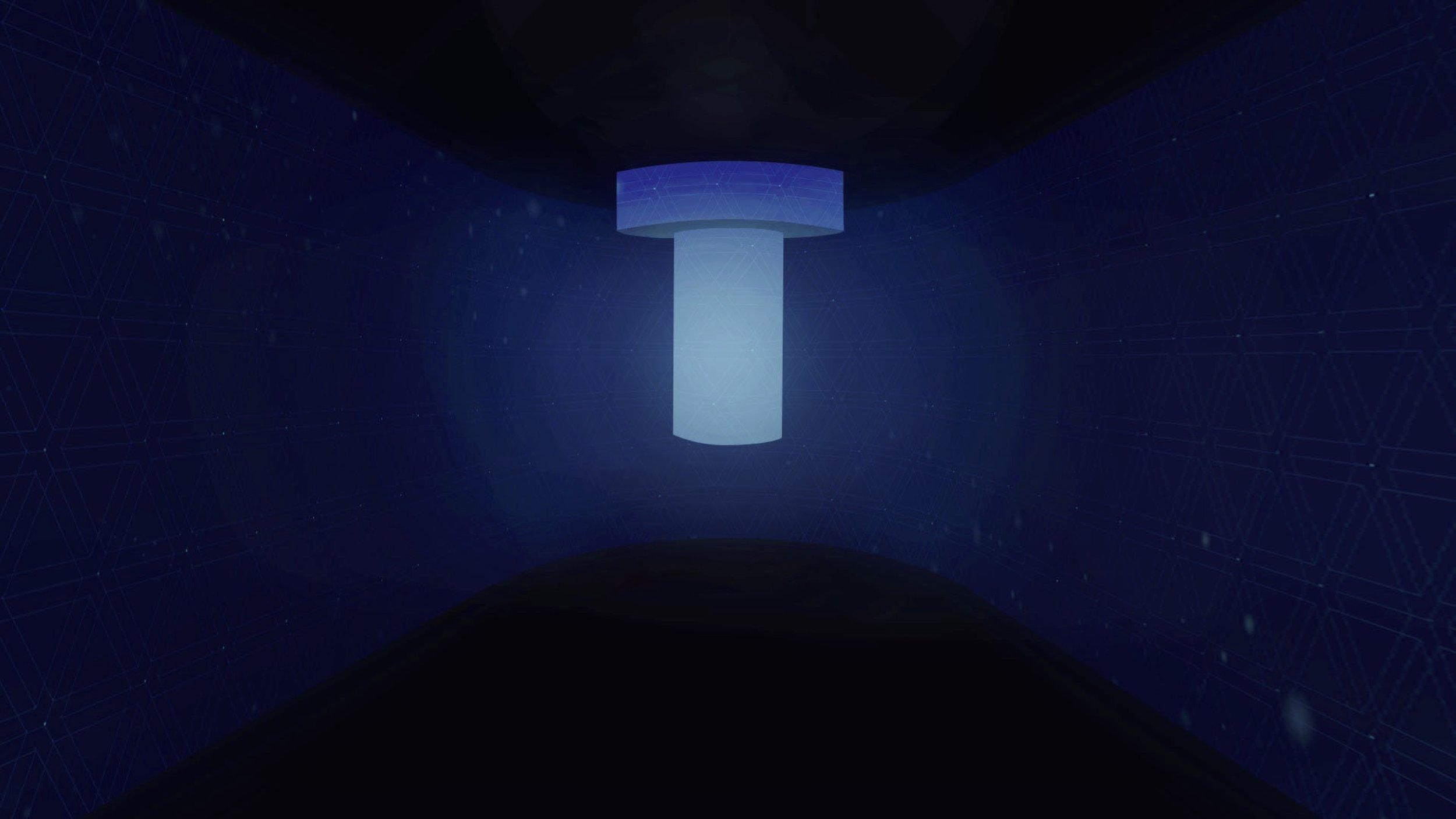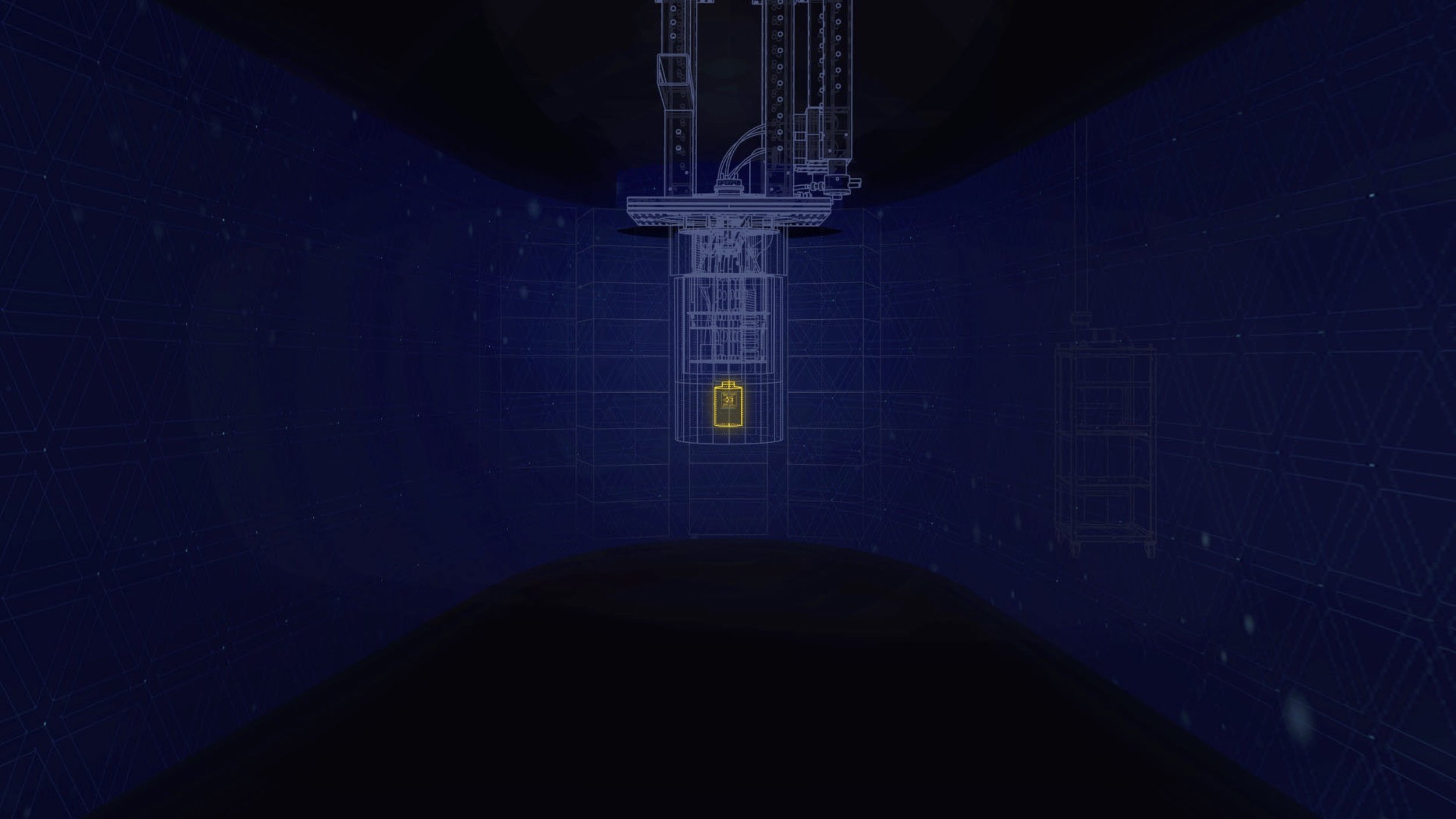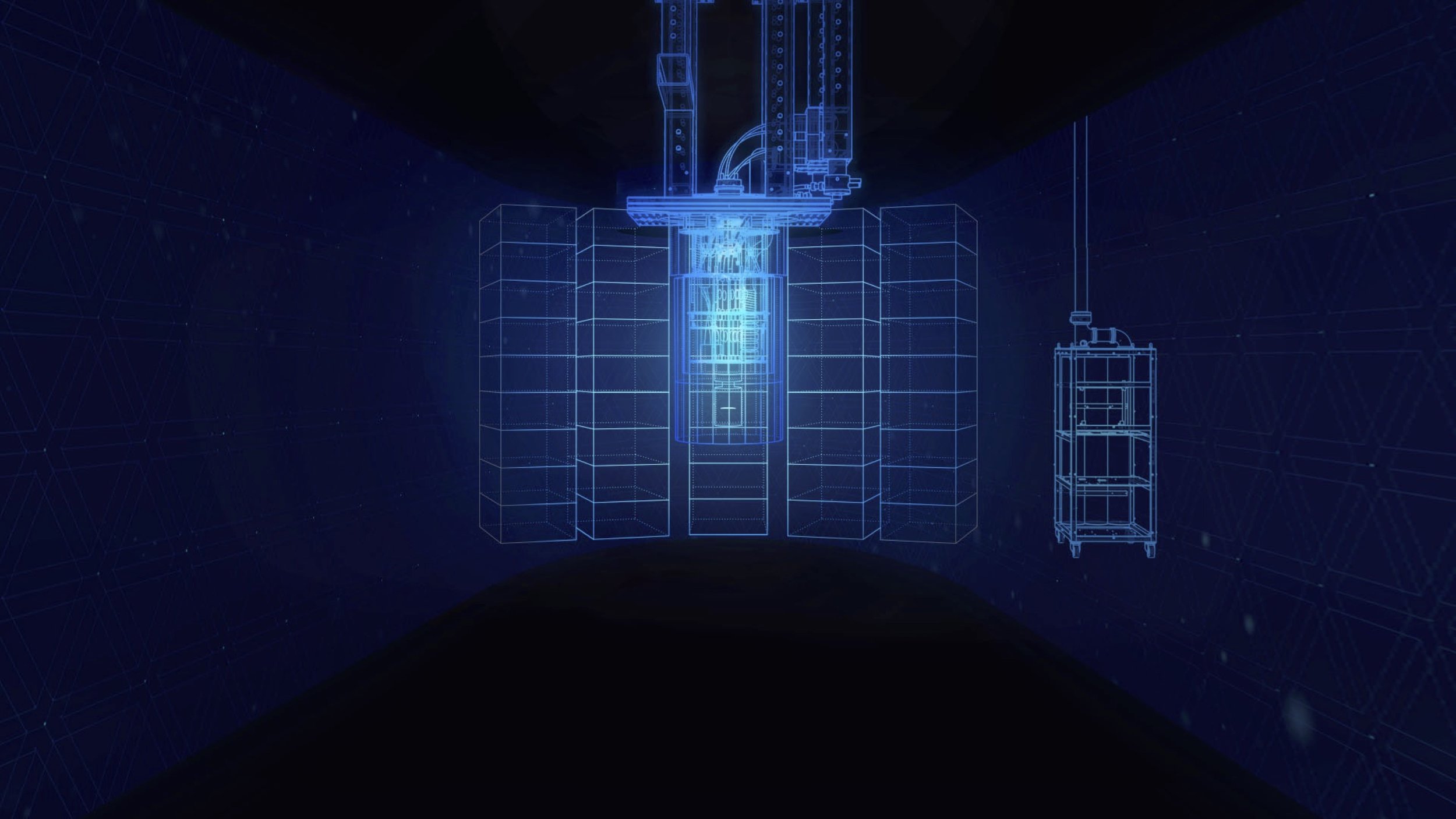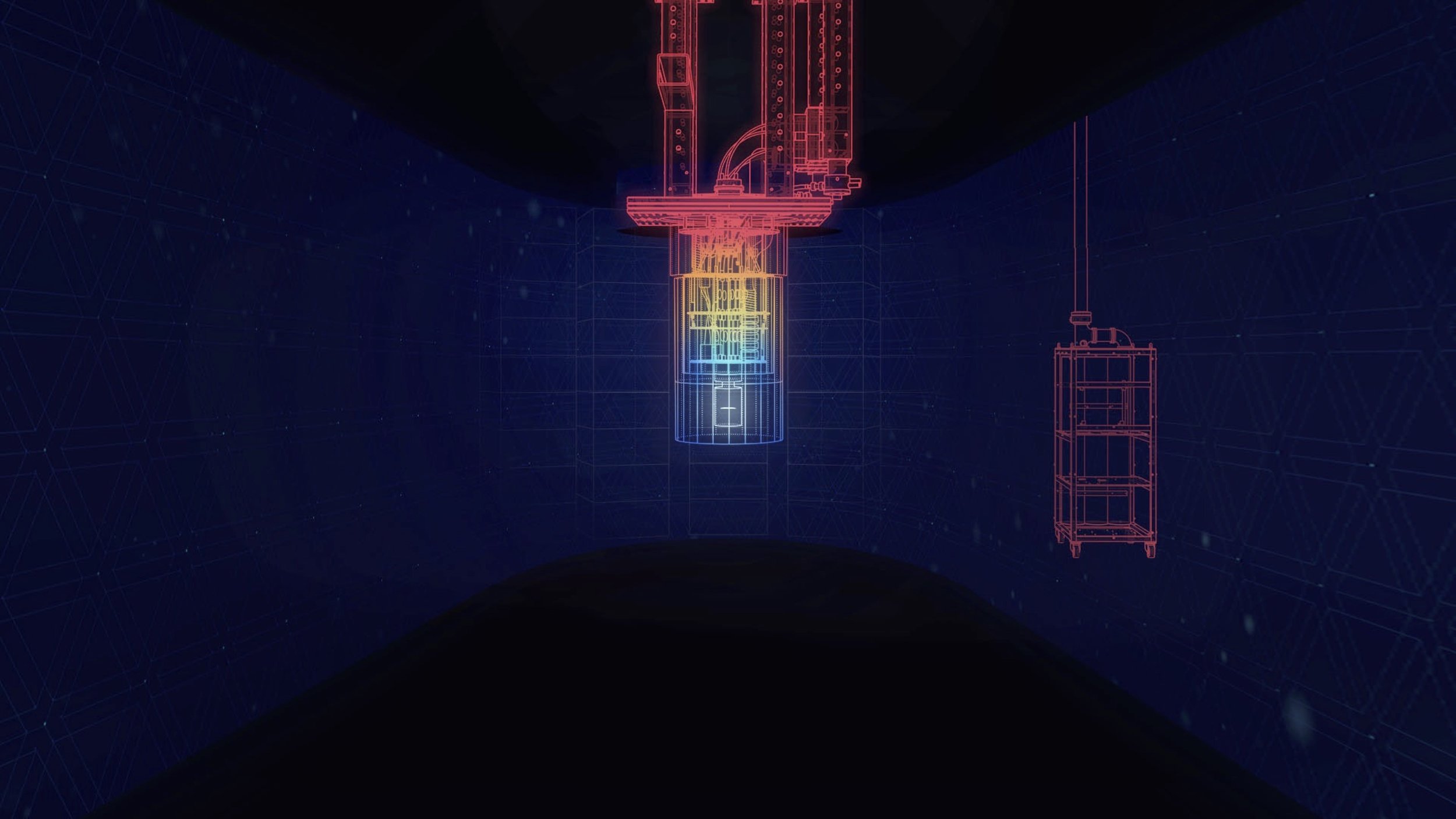IBM Q Theater
Team | Quantum Research Team, IBM Research
Responsibilities | Content Design + Storyboard, UX Design, Project Management
The IBM Q Theater was the outcome of a six week design challenge to create an engaging, memorable experience that illustrates the potential of quantum computing to guests and clients visiting IBM Research’s Yorktown Heights facility in New York. For this project, I worked with an interdisciplinary team of designers, developers, and business strategists to pitch a concept and develop the designs for an immersive projection-mapping experience on quantum computing, which was installed in a custom theater space in the Yorktown Heights lab.
Project Goals
Our team was tasked with creating a dedicated space and content to engage potential partners and clients with quantum computing on-site at the Yorktown Research lab. At the time, researchers need to take time out of their days to give talks in the research labs themselves, which weren’t conducive to large tours. Our objective was twofold — to create an experience that anticipated and answered some of the most common questions about quantum computing, and to free up the time of the researchers and let them focus on their work.
The Space
To develop this experience, were able to collaborate with the IBM Research team to build a very special theater space — one that featured a working quantum computer as an integral part of its “stage.”
Designing content for this space necessitated the creation accurate 3D models of both the room and the projection chamber, as well as to conceive of visual layouts that took advantage of the quantum computer itself.
Design Process
The team began by conducting a series of interviews with quantum researchers, company executives, and science journalists, to answer one overall question — what did our audience want to know, and to what degree of depth?
The answer remained consistent across our interviews: people wanted to know what makes quantum computing unique and exciting, and be given a brief overview of how it works. Based on this research, I drafted a series of UX storyboards with scripts and workshopped them with both researchers and members of our target audiences. In parallel, I developed a series of cards and 3D printed quantum chips as tangible takeaways for the guests.
Final Designs
Our final deliverable focused on two narratives we wrote and pitched to the IBM Q executive team, titled “Under the Hood” and “Quantum Potential.” I collaborated with my team’s visual designer to develop high fidelity renders of my UX storyboards for both narratives, which can be seen below.
Narrative 1: Under the Hood
“Under the Hood” was a pre-scripted sequence that allowed a presenter to walk through a brief description of how a quantum computer works while cycling through projection-mapped ‘slides’ in the theater space. The narrative was written to be simple enough to be presented by a non-technical team member, while still answering the most common questions about quantum computing functionality — including what qubits are, how quantum devices are run and controlled, and what hardware IBM Q employs.
Narrative 2: Quantum Potential
“Quantum Potential” is a video experience that uses projection-mapping onto a quantum computer to present what makes quantum computing exciting and impactful. Focusing on one particular application, molecular simulation, the video asks viewers to imagine how particles behave at quantum scales, and how quantum computing may be able to improve our ability to process information. The final projection-mapped experience was completed in early 2017, and can also be seen on Youtube as a 360 Video.


